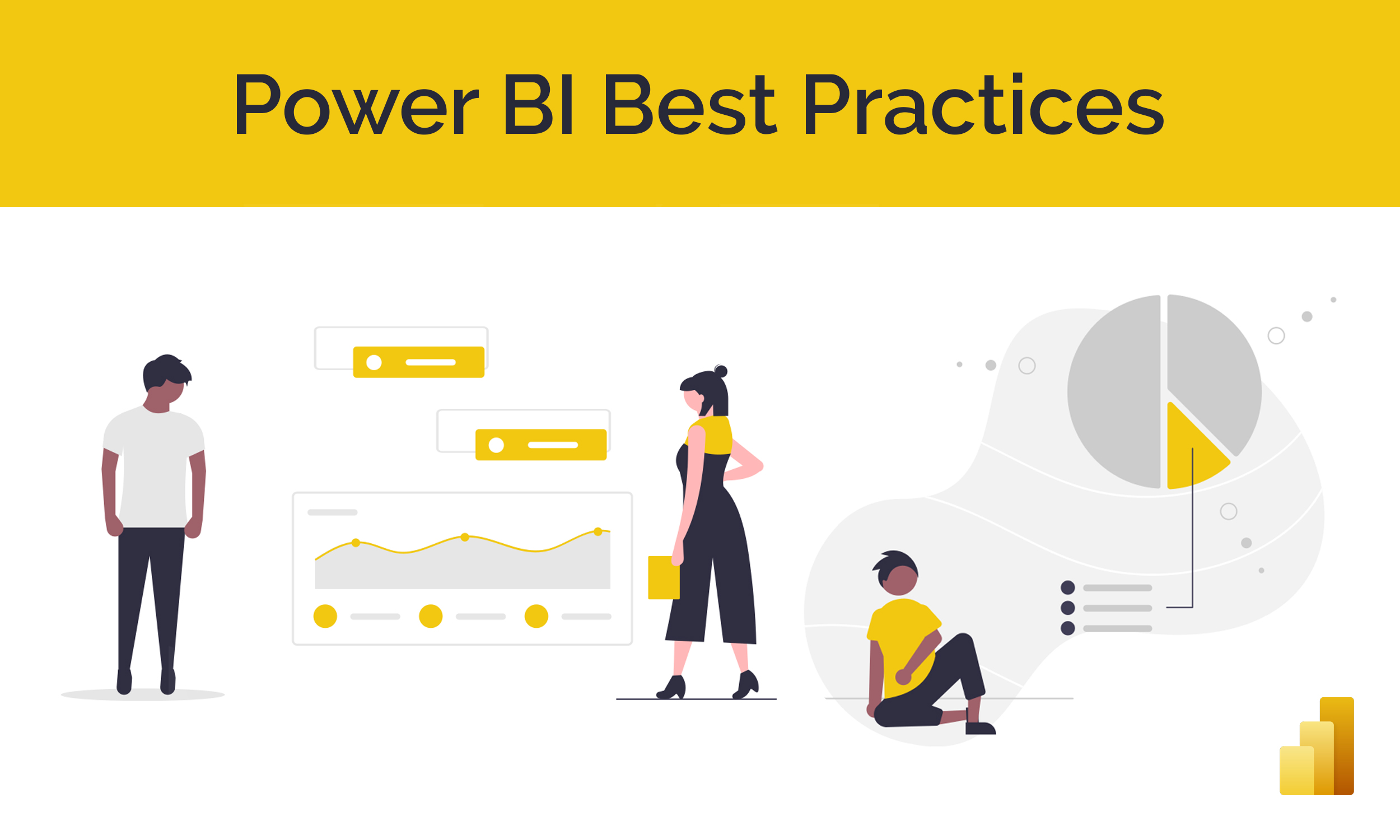
Table of Contents
Benefits of Migrating to Power BI
Our 6-Step Migration Strategy

1. Inventory Analysis
The first step is gaining a clear understanding of your current data landscape. Our team evaluates key areas, such as existing reporting platforms, to identify the key functionalities required and the gaps we need to fill. Examining your reports, dashboard usage, UI/UX, audiences, data sources, and security enables us to create a report inventory and data estate.
All this information helps determine the optimal migration scope for your organization, ensuring the performance will align with your business needs.
2. Estimation & Planning
Next, we propose a solution based on all the requirements gathered in step one. Meetings with relevant stakeholders (architects, data admins, etc.) ensure that the migration plan is aligned with your organizational objectives.
The planning and design process is divided into five sub-steps. We work to:
3. Semantic Model & Report Creation
Recreating semantic models and reports is the most visible part of the process for end users. We ensure that reports are optimized for Power BI's interface and features. Moreover, our automated processes identify and remove redundant reports to improve the efficiency of the migration and performance of Power BI reports after deployment.
4. Review
Migrating large amounts of data and reports from one platform to another can lead to performance issues, incorrect data mappings, or errors in calculations. We conduct performance tests, optimize queries, and ensure data accuracy through validation and certification.
For many companies, Power BI migration ends here. Yet for you to truly harness its potential, successful adoption is critical. Thus, our commitment extends to ensuring post-migration success through the next two crucial steps.
5. Governance
Data governance is essential to support data validation and certification processes while ensuring dataset integrity. A well-defined governance framework provides proactive alerts and real-time monitoring of capacity, usage, report availability, and platform issues. Our approach automates performance optimization to ensure adherence to best practices and pre-defined SLAs.
6. Center of Excellence (CoE)
Our post-migration support helps clients adopt and use Power BI effectively. We provide CoE sessions and change management strategies to familiarize organizations with Power BI capabilities, governance, and best practices. The goal is to transition users smoothly as legacy systems phase out. Our custom training includes regular office hours with certified engineers, an advanced curriculum, and pre-built solutions and frameworks. These CoE sessions can shorten the Power BI adoption timeframe from years to months, helping your organization move from reactive fixes to proactive innovation.
Power BI Migration Case Studies
Tableau to Power BI
• High global operations costs: With operations in numerous countries, the high licensing fees for Tableau multiplied quickly, reallocating funds that could be used for other global initiatives.
• Need real-time analytics: Tableau's data refresh rates fell short of delivering the real-time analytics required for the client’s supply chain and retail operations.
• Low resource efficiency: Tableau's server demands were a bottleneck when handling the client’s high-volume data, making Power BI a more efficient choice.
• Migrated 250+ Tableau workbooks to Power BI: Streamlined data management and reduced complexity allowed for faster business-critical decision-making.
• 300% increase in adoption through COE trainings: Accelerated employee proficiency in Power BI enabled more departments to use data-driven insights for better business outcomes.
• Achieved the same functionalities with increased performance: Reduced lag and faster query processing sped up real-time data analysis.
• Easy navigation and optimized design: Improved user experience increased report usage and reduced the time needed to extract insights.
• Better organized and decluttered reports: Improved data visualizations led to more accurate data interpretation and strategic planning.
Qlik to Power BI
With their Qlik license approaching expiration, the client chose to migrate their reports to Power BI due to its flexible licensing model, improved visual capabilities, and ability to reduce costs while maintaining high reporting standards.
• Complete migration: All legacy Qlik reports were successfully re-created and deployed in Power BI.
• Cost savings: The client discontinued their Qlik license, reducing overall platform costs.
• Performance gains: Faster backend data processing and improved dashboard responsiveness.
• User satisfaction: Enhanced web-based UI and gradual onboarding drove high adoption and usability across global teams.
• Reduced costs with scalable features: Power BI’s scalable features that adjusted to EF’s current needs led to significant cost reductions.
SAP Business Objects (SAP BO) to Power BI
The client faced challenges with static reports and slow performance. When dealing with large datasets, SAP BOBJ had performance lags, which prevented on-site product managers from accessing sales performance insights quickly. This prompted a strategic shift to Power BI—a more agile and integrated analytics platform.
• Faster report load times: Product managers can now filter and view daily reports within seconds, improving agility and responsiveness in sales planning and task allocation.
• Enhanced visual insights: The broader visualization capabilities of Power BI enabled users to analyze trends and patterns specific to their needs, facilitating better decision-making.
• Mobile accessibility: Reports are now accessible through the Power BI mobile app, allowing secure access to insights from anywhere—without reliance on desktop environments.
• Improved data refresh: With Azure Synapse pipelines supporting data refresh cycles, performance and reliability improved significantly compared to the old BEX query model under SAP BOBJ.
MicroStrategy to Power BI
MicroStrategy reports were suboptimal in cost and functionality. In addition to requiring each report user to have a license, the platform forced users to create new versions of reports every time they needed to apply different filters. With their MicroStrategy licenses approaching expiration, the client sought a cost-effective reporting solution that would improve functionality and customization.
• Report consolidation: 150+ MicroStrategy reports were migrated into 5 core Power BI reports, each with around 10-20 user-defined bookmarks.
• Cost savings: After the migration, the client decommissioned their MicroStrategy licenses, significantly lowering costs.
• Reduced dependency: The reporting team now owns and manages reporting logic with reduced dependency on engineers.
While our six-step migration strategy provides a general framework for success, each organization’s needs are different. Need help achieving a successful Power BI migration? Partner with us by reaching out to CustomerSuccess@MAQSoftware.com.
Up Next
To further improve your Power BI performance, check out our Power BI Best Practice Guide.

